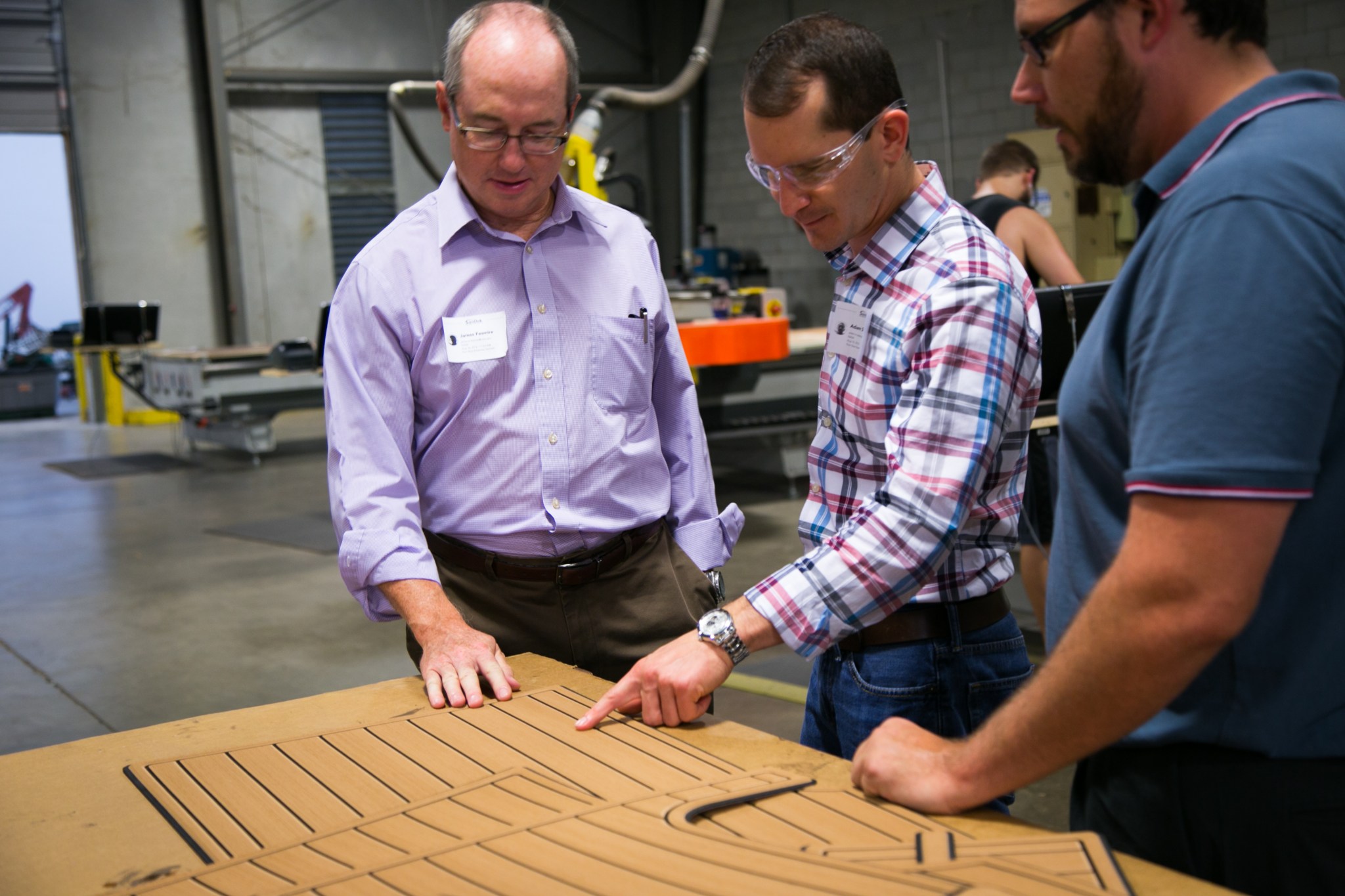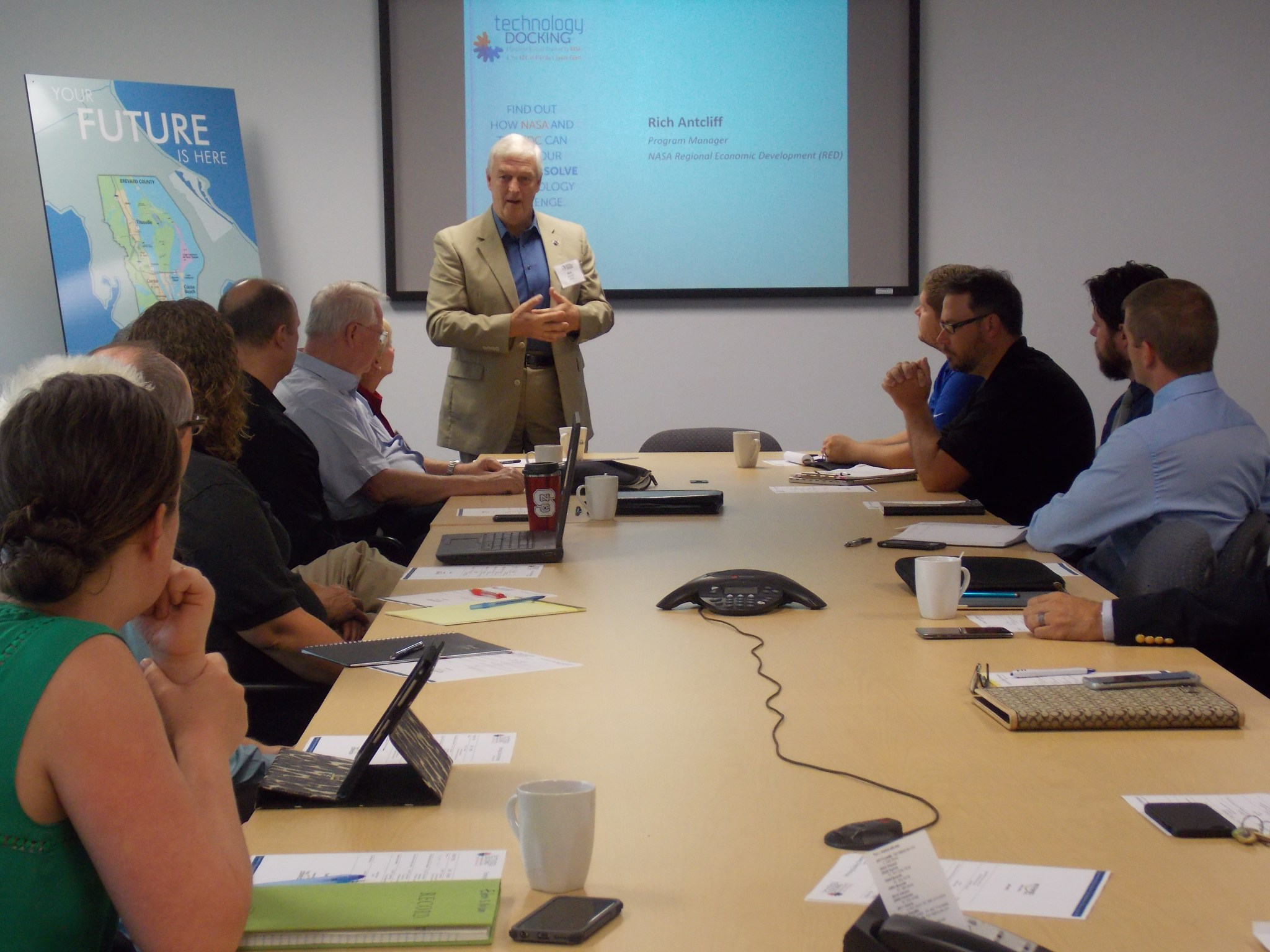SeaDek Marine Products of Rockledge, Florida, prides itself in providing quality non-skid decking products to its customers. When the company needed a solution to an existing material limitation for a type of foam, called closed-cell EVA, used for its padded deck protectors, experts from the Cryogenics Test Laboratory (CTL) at NASA’s Kennedy Space Center stepped in to give them a hand.
Cryogenics experts James Fesmire, senior principal investigator, and Adam Swanger, senior research engineer, both from the CTL, suggested some new materials test and evaluation procedures, and access to testing equipment that would not be cost-effective for the company to purchase themselves.

“With our experience in materials and thermal management for real-world environments, we were able to suggest a new approach to the challenge of the marine application,” said Fesmire. “It is exciting to see the technical intersection between our two different areas and participate with SeaDek to help find a solution and advance their products.”
The meetings and exchange of information were made possible through NASA’s Regional Economic Development (RED) Program, an agencywide initiative that began in 2010. Kennedy and the Economic Development Commission (EDC) of Florida’s Space Coast formed a strategic alliance in January 2015 for a regional economic development pilot program called Technology Docking to help the center engage with local companies in the region.
After a screening process, the RED Program matches interested small companies with corresponding experts at Kennedy, who offer advice, help solve a problem, provide a new or cost-saving way to solve the problem or suggest an alternative solution.
“As a progressive manufacturing company doing business in the heart of the Space Coast, working with our neighbors at Kennedy Space Center was a natural fit,” said Kurt Wilson, SeaDek CEO. “We have spent many years breaking down material boundaries, and the assistance from NASA and the EDC brings fresh insight and resources to our mission as a company.”
Robert Ashley, with the Exploration Research and Technology Directorate at Kennedy, is the project lead for the center’s RED Program. When the EDC selects companies for the program, Ashley helps to match them with subject-matter experts at the center.
“The RED Program is the means by which NASA can use its tremendous talent and capabilities, purchased by taxpayer investment, to return a dividend to local communities by engaging with area companies to help them overcome technological challenges and bring new or better products to market faster than otherwise possible, leading to job creation and economic growth,” Ashley said.

Ashley said sometimes companies just need the reassurance that they are going in the right direction. Other times, they need additional consultations and technical assistance.
“We also have had some instances where helping companies ultimately ends up helping us as well,” Ashley added.
Another company that received assistance through the RED Program, was GeNO LLC, a biopharmaceutical company in Cocoa. The company produces nitric oxide drug delivery products for a variety of therapeutic uses. The challenge involved a reaction vessel that worked intermittently and how to correct the problem.
Several NASA mechanical engineers with backgrounds in fluid dynamic analysis, thermal modeling and structures were matched with the company.
Charles Moore, an aerospace engineer with the Launch Services Program, met with GeNO and recommended the development of a material equation of state that would provide far greater insight into the gas evolution process within the reaction vessel.
“The Technology Docking Program was a productive experience for GeNO LLC,” said Ryan Denton, an engineer with the company. “The subject-matter experts assisted us in a search for an answer that would have taken us an additional two years to find on our own.”
Denton said the face-to-face meetings with NASA engineers were always very stimulating. “Technology Docking not only saved us product development time, but also saved us money,” Denton said.
Ashley said there are plans to broaden the program’s reach to make it easier for companies to partner with the center, including an umbrella Space Act Agreement with the EDC that will serve as a conduit and make it easier for smaller companies to access Kennedy’s expertise.
“This effort is about connecting our regional industry with NASA’s technology, capabilities and resources, with the goal of solving technology challenges together and driving economic successes for the region,” said Elizabeth Huy, EDC senior manager of business development.
Kennedy is one of six NASA centers participating in the Regional Economic Development Program, part of the agency’s Space Technology Mission Directorate, and currently the only one formally partnering with an economic development organization. Over the past two years, 69 companies have participated in initial discussions with NASA experts, and fourteen of those companies have been selected to receive additional NASA assistance through the Technology Docking program.
























